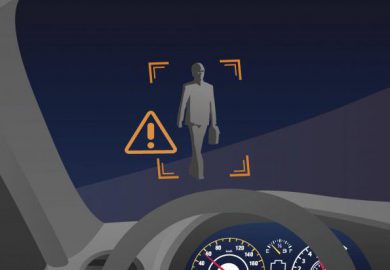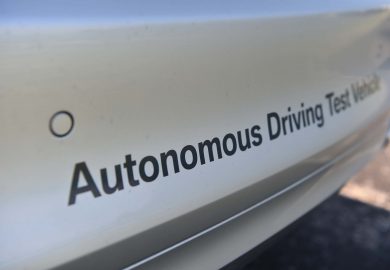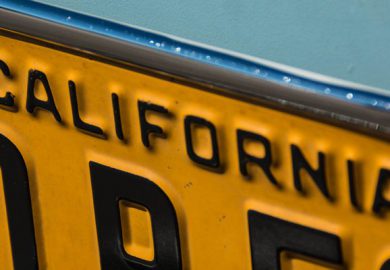On Friday, March 23, 2018, a Tesla sport utility vehicle crashed into a concrete highway barrier in Mountain View, California. The Model X sport utility vehicle was set up with Tesla’s autopilot technology. The 38-year-old driver was taken to a nearby hospital, where he died shortly after the accident. The vehicle incurred considerable damage, including the tearing off of its hood and catching on fire. Two other vehicles were also involved in the accident, but the driver of the Tesla Model X was the lone fatality.
The National Transportation Safety Board is investigating the accident. Controversially, Tesla released some investigative data before the National Transportation Safety Board’s completion of the investigation. This release of information could affect the investigation of the autopilot and any recommendations made by the board related to the safety of autonomous cars.
Autopilot Versus Autonomy in Cars
The Tesla Model X had its autopilot engaged. It is important to note that Tesla’s autopilot is not a fully autonomous car. The Tesla autopilot’s features include keeping a consistent speed, changing lanes, and self-parking. It is also able to maintain a minimum distance between itself and the driver ahead. Tesla recommends that drivers always have their eyes on the road and their hands on the steering wheel so that they can take over from the auto pilot in order to avoid an accident or collision. The autopilot uses cameras, sensors, and computerized systems within the vehicle, and some of those technological features are like those in self-driving cars. The autopilot is designed with accident prevention in mind. It is not yet intended to make the Tesla Model X a self-driving car.
What the Vehicle Logs Show About the Fatal Crash
The logs from the Tesla Model X show that the driver did not take any actions to prevent the accident. Further, the data collected by the vehicle shows that the driver did not have his hands on the steering wheel for at least six seconds before the crash. The vehicle’s autopilot system provided several warnings to the driver in order to alert him of danger. In the aftermath of the fatal accident, Tesla publicly commented in defense of its autopilot system, explaining that drivers are safer with it than they are without it.
Autopilot Testing and Safety Evaluations
Self-driving cars are subject to a great deal of testing, as are driver-assist programs like Tesla’s autopilot. In January 2017, the National Transportation Safety Board released an assessment of Tesla’s autopilot technology. This report evaluated the autopilot technology in the Tesla Model S, which is a sedan. The report showed that when the autopilot was engaged, it reduced the crash rate of the Tesla Model S by 40 percent. The report included safety predictions that the use of the Tesla autopilot technology could reduce rear-end crashes by 40 percent. This would mean a reduction by 28,000 for crashes and 12,000 for injuries. Tesla asserts that the consequences of the public not using the autopilot technology could be severe.
Other Tesla Crashes With the Autopilot Engaged
The fatal crash of the Tesla Model X was not the only crash involving a Tesla vehicle with the autopilot engaged. In January 2018, a Tesla with its autopilot engaged crashed on the Bay Bridge between San Francisco and Oakland, California. In that accident, the police found that the driver had a blood alcohol content of nearly twice the legal limit. When questioned by police, the driver explained that he was not driving the car; rather, the car was driving itself.
The driver argued that since the Tesla had been set to autopilot, it was driving itself, and he played no role in the crash. Both Tesla’s policy and the police found otherwise, and the man was charged with driving under the influence.
In the second crash, which also took place in January 2018, a Tesla on autopilot crashed into a firetruck in Culver City, California. The firetruck had been parked on the left side of the interstate, straddling the emergency and carpool lanes. It had its emergency lights activated. A California Highway Patrol vehicle was a short distance behind the firetruck, also with its lights activated. The Tesla was traveling at highway speeds of 65 mph at the time of the crash.
What the Crashes Mean for Self-driving Cars
The autopilot’s sensors should have been able to detect the presence of the emergency vehicles, leaving room for improvement with autonomous car sensors and cameras. Tesla warns that its autopilot is only for fully engaged drivers who are prepared to take over. If the drivers are found to be at fault, people might retain or increase their confidence in autonomous cars.
























cialis dapoxetine 24 tab
cialis dapoxetine 24 tab
elavil pregnant
elavil pregnant